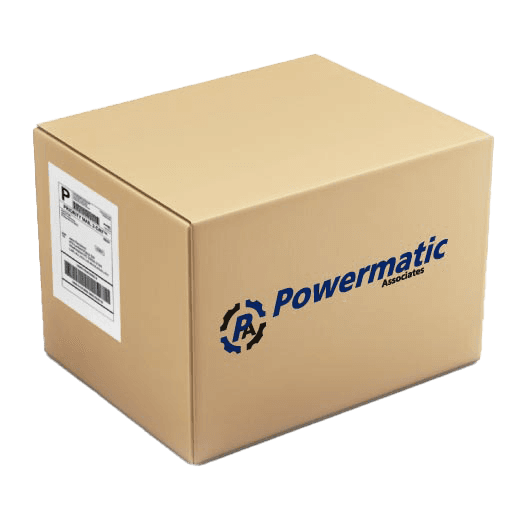All categories
Programmable Logic Controllers
Turck Programmable Logic Controllers on Powermatic Associates


Programmable Logic Controllers- Turck
A digital computer known as a programmable logic controller (PLC) is utilized by industrial entities to manage computer systems. It observes inputs and determines corresponding outputs, making it a crucial element in systems for predictive maintenance.

197 products available

4MB12Z-5P3-1-RSM 120/S90 Turck - 4MB12Z-5P3-1-RSM 120/S90
Quick Quote

8MB12Z-5P3-6 Turck - 8MB12Z-5P3-6 8-port Junction Box with Cable Home Run, M12 e...
Quick Quote

6MB12Z-5-1 Turck - 6MB12Z-5-1 6-port Junction Box with Cable Home Run, M12 eurof...
Quick Quote


VB 1003-0.9-BSMK 14/S653/S1057 Turck - VB 1003-0.9-BSMK 14/S653/S1057
Quick Quote


| Item | Manufacturer | Price | Stock | Delivery | |
|---|---|---|---|---|---|
 | 4MB12Z-5P3-1-RSM 120/S90 4MB12Z-5P3-1-RSM 120/S90 Turck - 4MB12Z-5P3-1-RSM 120/S90 | Turck | $205.80 | Quick Quote | |
 | 8MB12Z-5P3-6 8MB12Z-5P3-6 Turck - 8MB12Z-5P3-6 8-port Junction Box with Cable Home Run, M12 e... | Turck | $257.00 | Quick Quote | |
 | 6MB12Z-5-1 6MB12Z-5-1 Turck - 6MB12Z-5-1 6-port Junction Box with Cable Home Run, M12 eurof... | Turck | $153.50 | Quick Quote | |
 | Turck | $126.00 | Quick Quote | ||
 | VB 1003-0.9-BSMK 14/S653/S1057 VB 1003-0.9-BSMK 14/S653/S1057 Turck - VB 1003-0.9-BSMK 14/S653/S1057 | Turck | $167.20 | Quick Quote | |
 | PTP 16-DBS25 PTP 16-DBS25 Turck - PTP 16-DBS25 | Turck | $172.10 | Quick Quote | |
 | Turck | Quick Quote | |||




